- +91-80103 38282
- info@radharamankipalki.com
- Rohini Delhi
From: ₹ 0
5
(1 review)
Duration
7 Days 6 Nights
Tour Type
Daily Tour
Group Size
Unlimited
Languages
___
About this tour
The Do Dham Yatra is a sacred pilgrimage in India that involves visiting two important Hindu temples in the state of Uttarakhand: Kedarnath and Badrinath. Let’s delve into the descriptions of these revered destinations:
- Kedarnath: Nestled amidst the majestic Garhwal Himalayas, Kedarnath is home to one of the twelve Jyotirlingas (lingams of light) dedicated to Lord Shiva. This ancient temple holds great religious significance for Hindus. Pilgrims embark on a challenging trek or use other means of transportation, such as helicopters, to reach Kedarnath. The journey to this sacred shrine takes devotees through breathtaking landscapes, including dense forests, gushing rivers, and snow-covered peaks. The spiritual aura of Kedarnath is amplified by its serene surroundings and the spiritual energy believed to be present in the region. The temple itself, built in traditional Himalayan style, is an architectural marvel. It stands as a testament to the devotion of worshippers who have sought solace and blessings from Lord Shiva for centuries.
- Badrinath: Situated in the Chamoli district of Uttarakhand, Badrinath is an essential destination for Hindu pilgrims undertaking the Do Dham Yatra. It is dedicated to Lord Vishnu and is one of the Char Dham (four abodes) pilgrimage sites in India. Surrounded by the snow-capped peaks of the Garhwal Himalayas, Badrinath exudes a sense of divine tranquility. The temple, intricately designed and adorned with colorful flags and sculptures, is believed to be over a thousand years old. The sacred shrine is located on the banks of the Alaknanda River, which adds to its natural beauty. Pilgrims take part in rituals and prayers, seeking the blessings of Lord Vishnu for spiritual growth and enlightenment. The pilgrimage to Badrinath offers devotees an opportunity to immerse themselves in the spiritual teachings and legends associated with Lord Vishnu, while also allowing them to experience the serene and awe-inspiring natural beauty of the region.
The Do Dham Yatra to Kedarnath and Badrinath is a journey that combines spirituality, physical endurance, and natural splendor, making it a cherished experience for Hindu devotees from all around the world.
Highlights
- Group Tour
- 7 Days 6 Nights
- Haridwar to Haridwar
Included
- Accommodation on a Double sharing basis with breakfast and dinner.
- Transportation by Dzire with all road, state taxes, driver allowance, permit & night halt.( AC won't be operational on hills)
- Gst 5%, Helicopter tickets, Rest All Meals, Table drinks, laundry, porter, pony, tips, camera fee, ropeway charges, entrance charges, travel insurance, personal expenses of the clients or any other expenses incurred due to bad weather, road closure, landslides etc. and anything not specified in cost include.
Itinerary

Pick up from Delhi Airport Meet & Assist further drive to Haridwar. Transfer to your Hotel. If time permits visit Mansadevi Temple, Chandidevi Temple, Daksha Mahadev Temples & Others. Also visit Har-ki-Pauri for Ganga Aarti. The 'Aarti' worship of the Ganga after sunset and the floating 'dia' (lamp) is a moving ritual. Back to your hotel, Night halt. Har ki Pauri: It is also known as Brahmakund and it is believed to be the place where divine nectar fell from the pitcher. It is the site for the famous Kumbh Mela which is celebrated in 12 years. A large number of devotees come especially to Haridwar to take a holy dip in the Ganga River. At twilight, when evening aarti has performed the reflection of the golden days that keep floating on the river offers an enchanting view of the ghat to the visitors. This sacred Ghat was built by King Vikramaditya in memory of his brother Bhatrihari, who is said to have meditated on the banks of the Ganga in Haridwar. Chandi Devi Temple: Situated on the top of the Neel Parvat, Chandi Temple was built in 1929 by Suchat Singh, the King of Kashmir. The temple can be reached after a 3km trek from Chandi Ghat. The main statue of Chandi Devi Temple is said to be established by Adi Shankaracharya in the 8th century. The cable car has also been introduced up to Chandi Devi Temple. Mansa Devi Temple: Mansa Devi temple is perched on the top of the Bilwa Parwat and it is dedicated to Goddess Mansa Devi. Mansa Devi can be reached either by a ropeway that carries pilgrims to the temple or on foot. A statue of the Goddess here has three mouths and five arms, while the other one has eight arms. The temple affords a bird's eye view of Haridwar. Daksha Mahadev Temple: This ancient Dsksha Mahadev Temple (Daksheswara Mahadev Temple) is located in the south Kankhal with Lord Shiva as its residing deity. According to mythology, this temple is supposed to have been the site of a yagna conducted by Daksha.
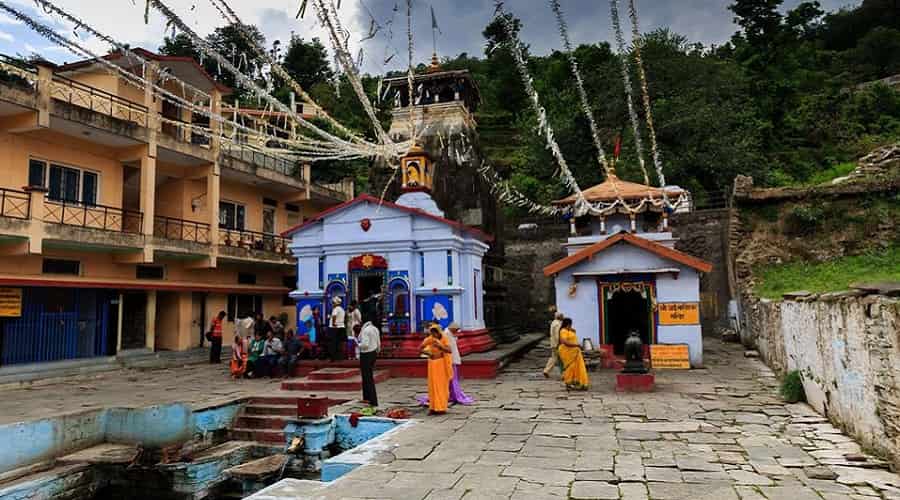
Drive straight to Guptkashi via Moolgarh & Lambgoan. En route, you can see the beautiful river Mandakini at Tilwara. The Mandakini river comes from Kedarnath, and drive alongside the river to reach Guptakashi. On arrival Check-In at the Hotel, and freshen up. Overnight stay at the Hotel. The name Gupt Kashi means "Hidden Benares. Mythology describes how when the Pandava brothers were searching for a glimpse of Shiva, Shivji first concealed himself at Gupt Kashi but later fled from them further up the valley to Kedarnath, where the Pandavas finally got their wish fulfilled. There are more tangible connections as well-the Kedarnath pandas (hereditary pilgrimage priests) live in Gupt Kashi during the winter months, and after the Kedarnath temple closes for the winter, the image of Kedarnath passes through Gupt Kashi on its way to Ukhimath (across the valley), where it stays for the winter.

The morning after breakfast proceed for a helipad to fly to Kedarnath or take Pony/palki to come back on the same day. On arrival at Kedarnath visit to Kedarnath temple After the darshan of the temple flies back to Guptkashi. Dinner and Overnight stay at Guptkashi. Kedarnath: The Kedarnath shrine, one of the 12 jyotirlingas of Lord Shiva, is a scenic spot situated, against the backdrop of the majestic Kedarnath range. Kedar is another name of Lord Shiva, the protector, and the destroyer. According to legend, the Pandavas after having won over the Kaurava in the Kurukshetra war felt guilty for having killed their own brothers and sought the blessings of Lord Shiva for redemption. He eluded them repeatedly and while fleeing took refuge at Kedarnath in the form of a bull. On being followed he dived into the ground, leaving his hump on the surface. The remaining portions of Lord Shiva appeared at four other places and are worshipped there as his manifestations. The arms appeared at Tungnath, the face at Rudranath, the belly at Madhmaheshwar and his locks (hair) with the head at Kalpeshwar. Kedarnath and the four shrines mentioned above are treated as Panch Kedar.
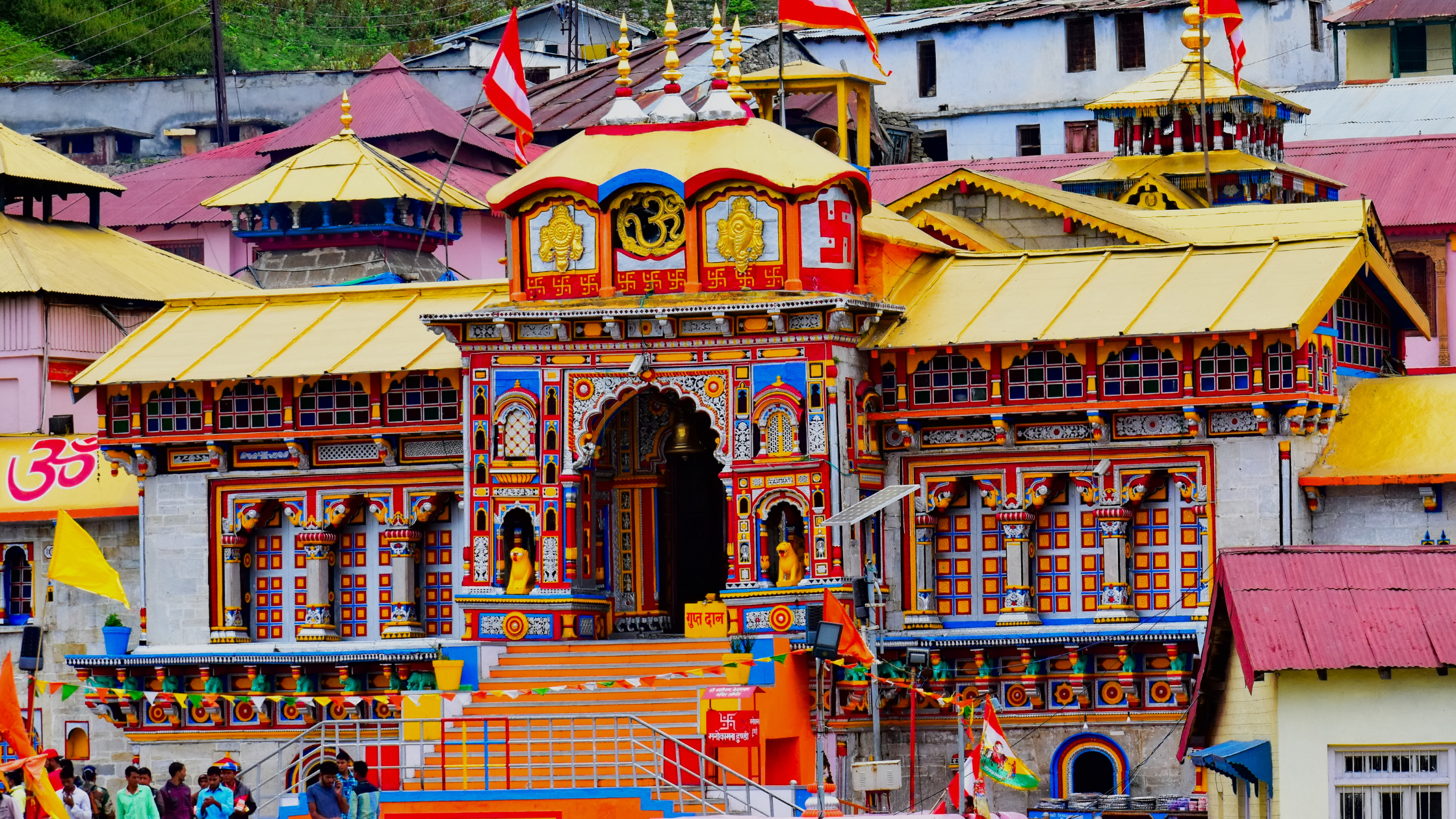
Drive to Badrinath via Joshimath. Check-in Hotel. Later in the evening visit Badrinath Temple for Aarti. Overnight stay. Badrinath one of the 'Four Dhams' is one of the most celebrated pilgrimage spots of the country and is situated at an elevation of 3,133 meters, guarded on either side by the two mountain ranges known as Nar & Narayan with the towering Neelkanth Peak providing a splendid backdrop. This revered spot was once carpeted with wild berries. Thus the place got the name "Badri van", meaning "forest of berries".
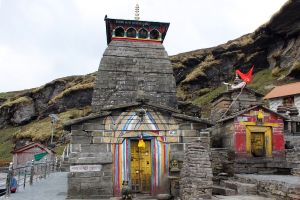
Early morning, pilgrims after having a bath in the Taptkund have the Darshan of Badrivishal. Brahma Kapal is significant for Pinddan Shraddh of ancestors (Pitrus). There is another interesting sightseeing spot like Mana, Vyas Gufa, Maatamoorti, Charanpaduka, Bhimkund and the "Mukh" of the Saraswati River. Just within the three km of Badrinathjee. Later drive back to Rudraprayag / Kirtinagar via Joshimath. Check-in Hotel. Overnight stay. Joshimath is situated on the slopes above the confluence of the rivers Alaknanda and Dhauliganga. Of the four 'Maths' established by Adi Shankaracharya, Joshimath is the winter seat of Badrinath. The idol is brought down to Joshimath and installed in the temple for people to worship. There are many other temples in the township. The most important is the temple of Nir Singh with the idol of Lord Vishnu. The left arm of this deity is getting destroyed with time and the popular belief holds that the day the arm completely withers Badrinath valley will cease to exist and the Gods will transfer the residence into the neighbouring Niti Valley at Bhavishya Badri.
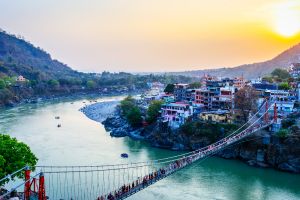
After breakfast proceeds for Rishikesh. On arrival check into hotel, refreshen up & proceed for local sightseeing. This place situated on the bank of river Ganga, is surrounded on all sides by beautiful small hills. Visit Laxman Jhula, Ram Jhula, Geeta Bhawan & Permarth Niketan. Join evening Ganga Aarti at Triveni Ghat. Evening at leisure for free time to visit local market. Dinner & overnight stay at hotel.
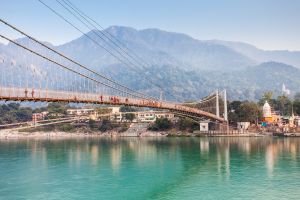
After breakfast Later drive for Delhi and drop to Delhi Airport with mesmerizing memories of Abode of Gods Tour Terminate.
Tour's Location
Kedarnath, Uttarakhand, India
Reviews
5/5
Excellent
(1 Review)
Excellent
1
Very Good
0
Average
0
Poor
0
Terrible
0
1 review on this Tour - Showing 1 to 1
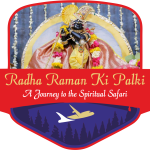
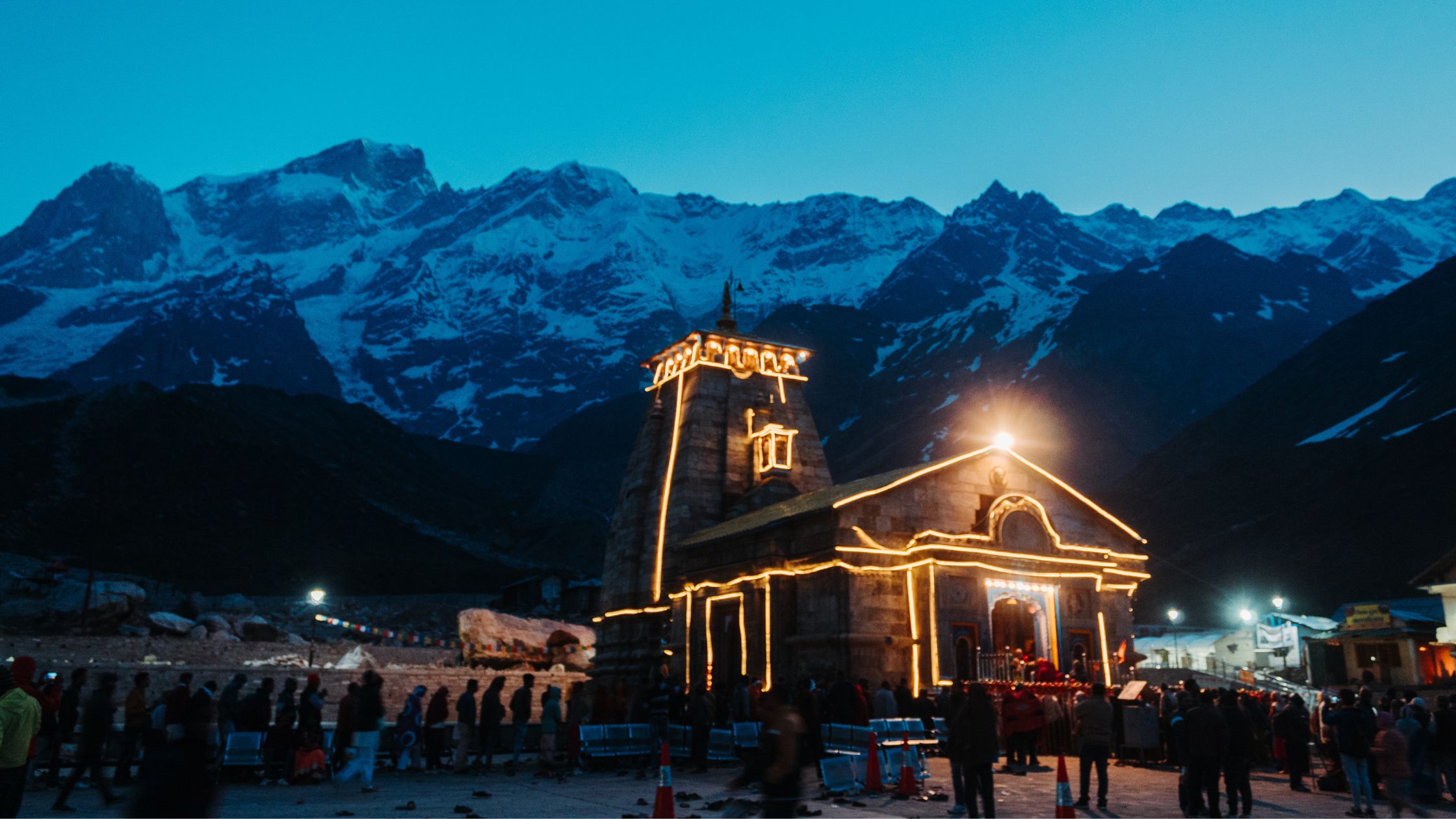
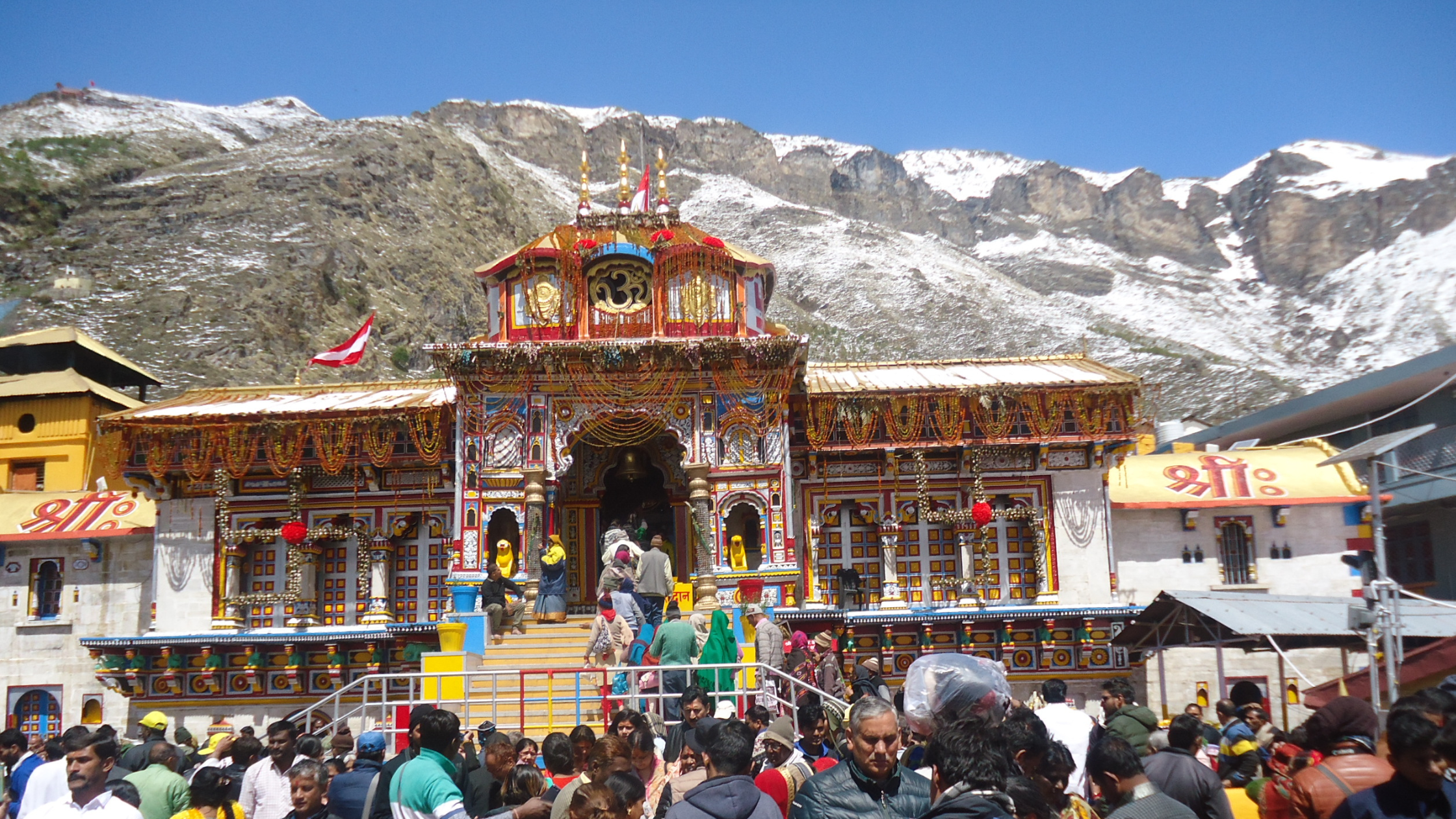
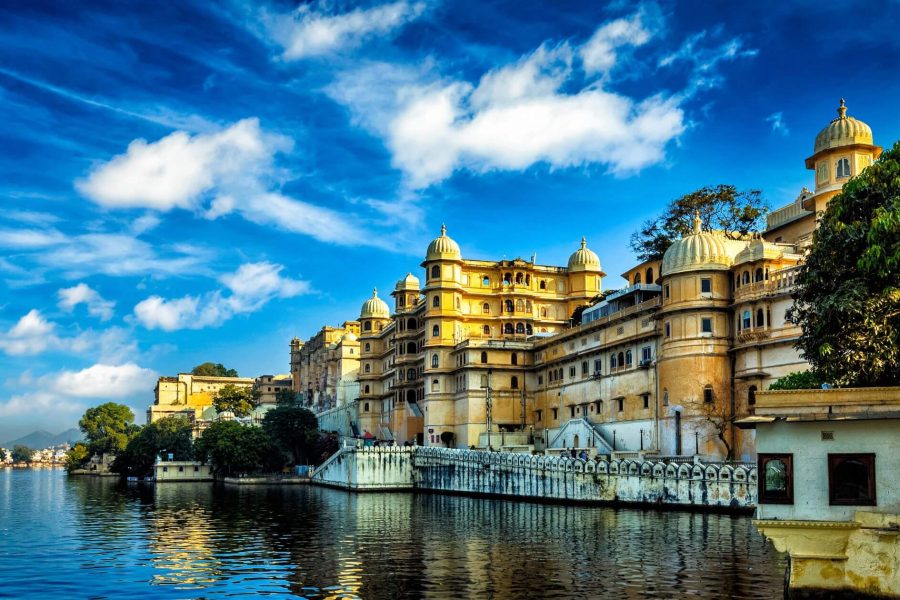
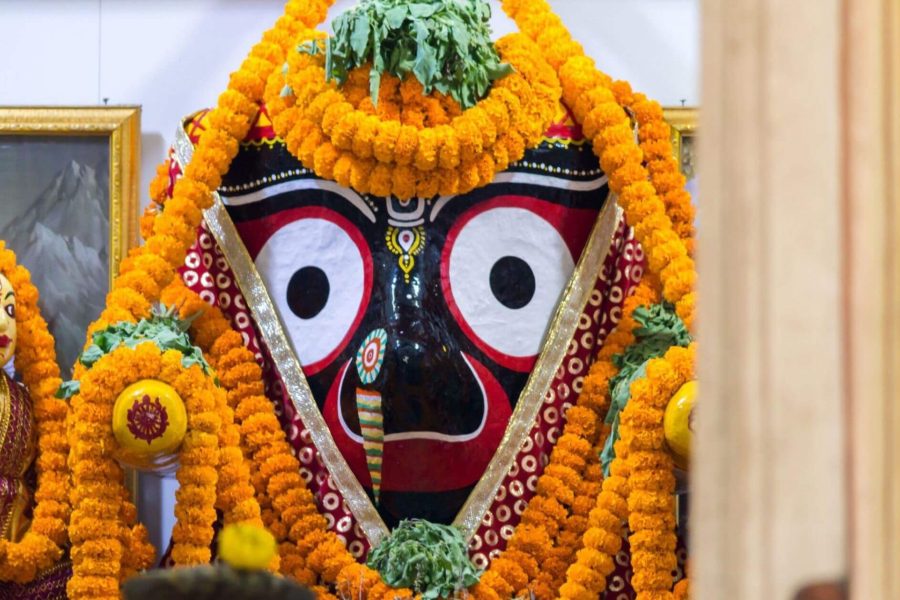
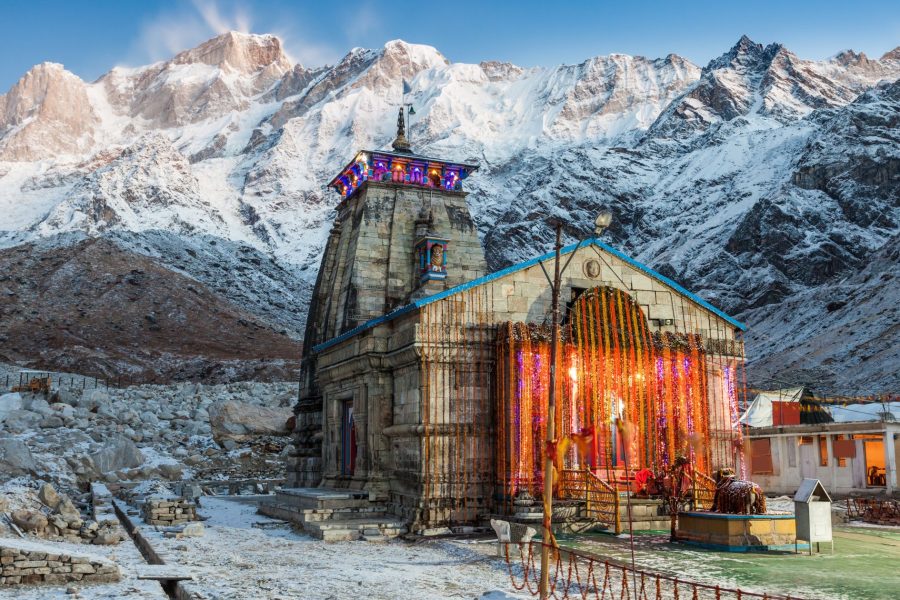
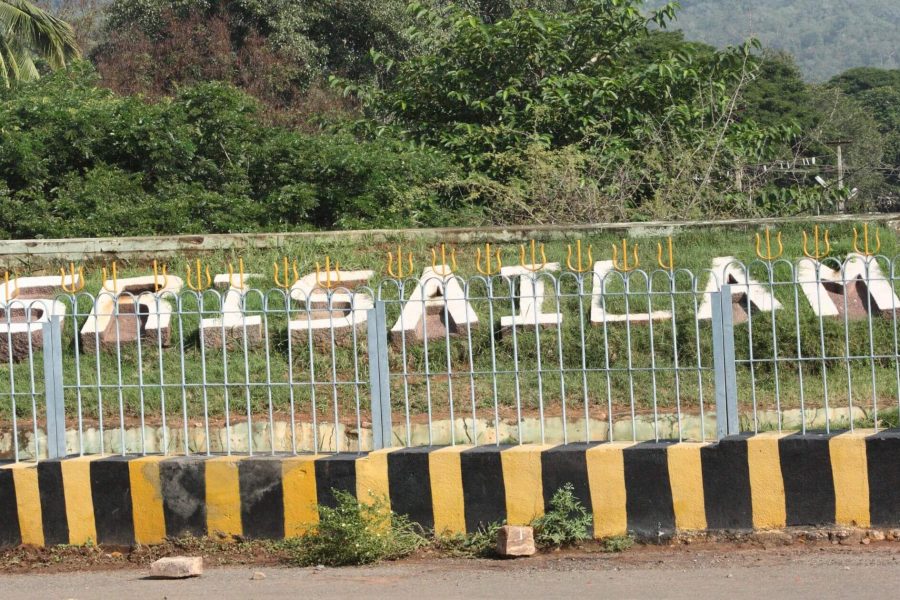
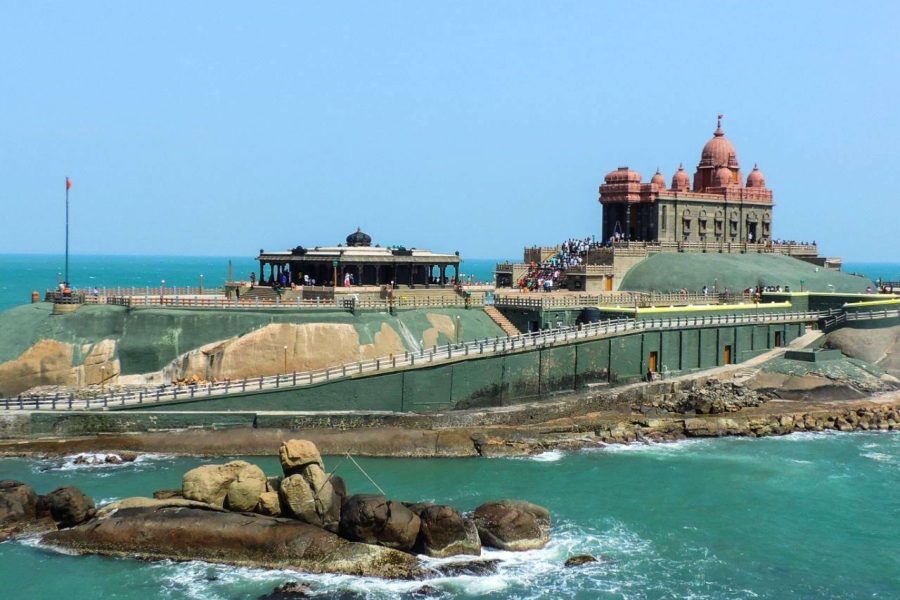
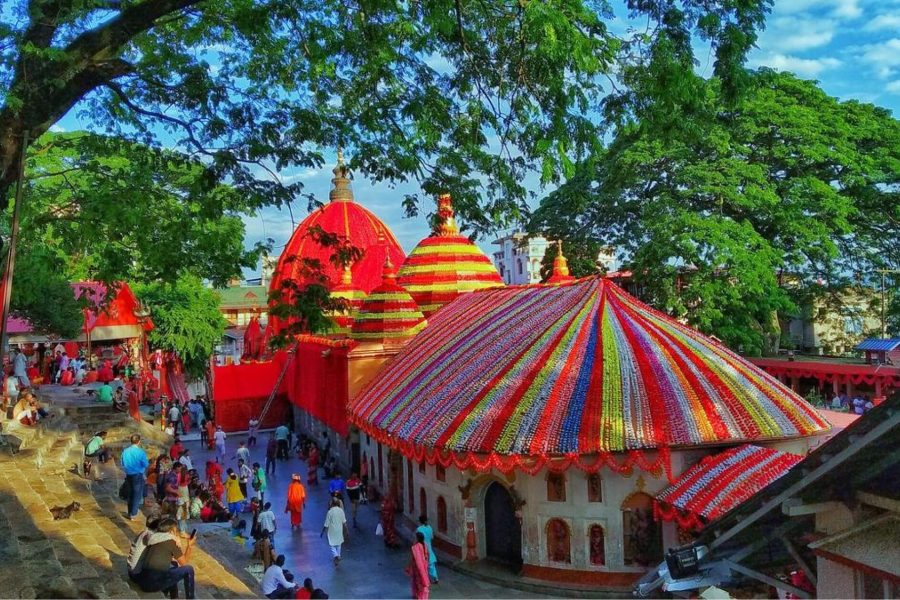
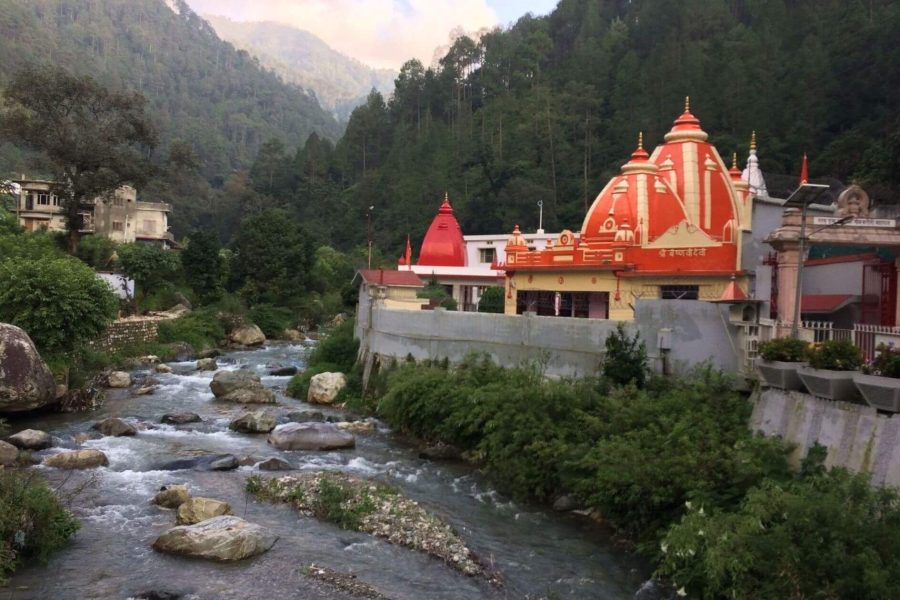
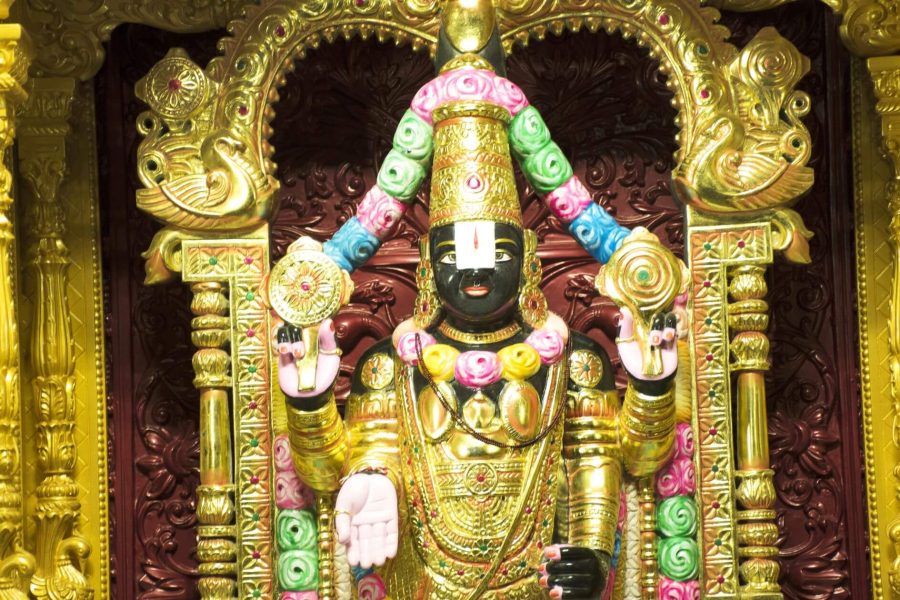
6jqil2